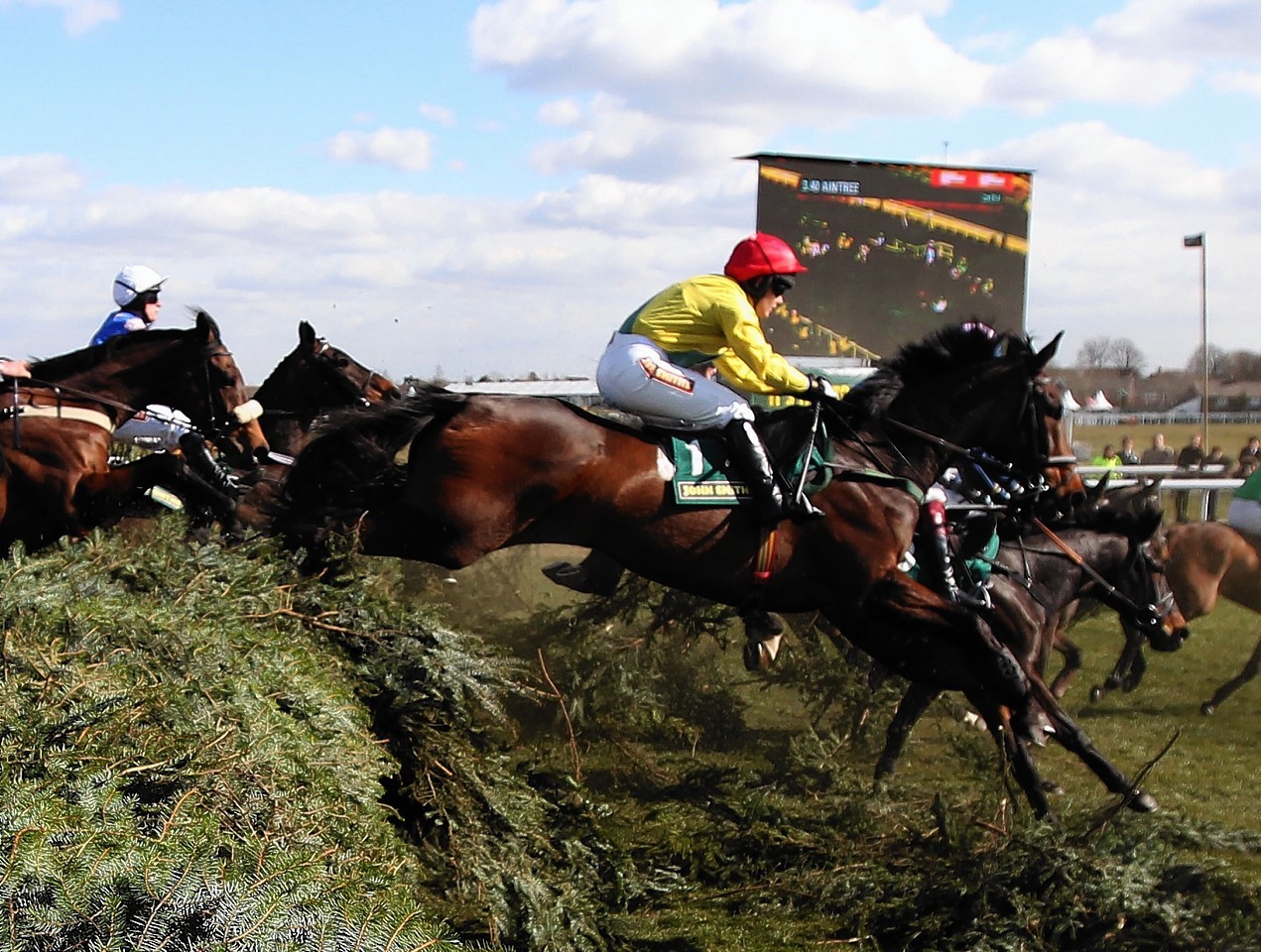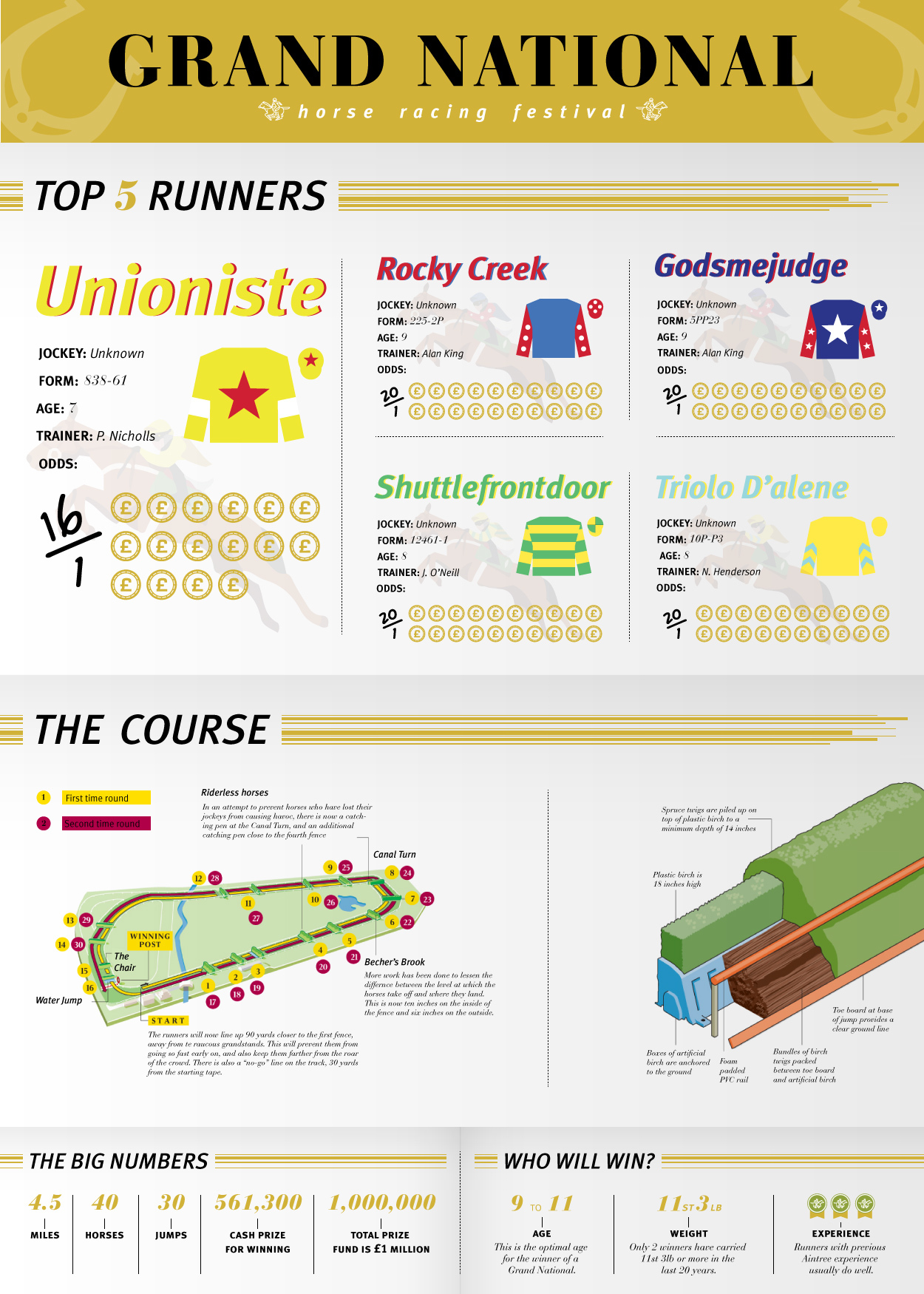The Grand National is unique in horse racing and betting. For many people, Grand National weekend marks an annual tradition of placing a bet, and it’s often the only sporting event they will ever gamble on. With up to two thirds of British adults likely to bet on the race, betting on the Grand National is more popular than ever.
The total amount bet on the Grand National is estimated to have been in excess of £150 million for the past two years running, and this year may well turn out to be another record-breaking race. This is surprising to some observers, particularly in light of some of the concerns about horse racing that have been raised in recent years – which have prompted welcome action from the racing authorities to make horse racing safer than ever for both the horses and the jockeys.
The Grand National is seen by many as a firm national institution – right alongside the FA Cup Final and Wimbledon. Another factor in its increasing popularity is the simple fact that placing a bet on the race is becoming a whole lot easier. This is particularly important for those who may be reluctant to step foot inside a high street bookmaker.
The Grand National has witnessed a surge in mobile and online betting. In fact, it’s now easier than ever to get online information about Grand National races – pick your favourite horse and place a bet. It looks like this ease of access to online betting has played a significant role in boosting the overall number of bets on the race.
Of course, there is also the simple fact that the Grand National remains one the greatest and most famous steeplechase events in the world. It’s a phenomenal test of speed, stamina and horsemanship. It combines a tough, unforgiving course with the weight of history and expectation that only the Grand National can deliver. Added to that, the prize money of £1 million makes it the most valuable steeplechase in Europe.
The year 1839 saw the first official Grand National, but the first Aintree steeplechase took place three years earlier. That earlier race was won by the Duke, ridden by Captain Martin Becher. Becher’s name was immortalised when, in 1839, he fell from his mount, Conrad, and ended up in the brook. The fence where he fell is, of course, the famous Becher’s Brook.
These iconic jumps, including the Chair and Canal Turn, are much larger and more challenging than those of most other courses. This, combined with the 4 miles, 3.5 furlongs distance and the punishing 494 yard run at the end, is what marks this race as one of the ultimate tests for horses and riders, and one of the most thrilling events for spectators.
On 11th April 2015, all eyes will once again be on Aintree – betting slips in hand – to witness a new page written in the history books of this most popular and iconic of races, the Grand National.

